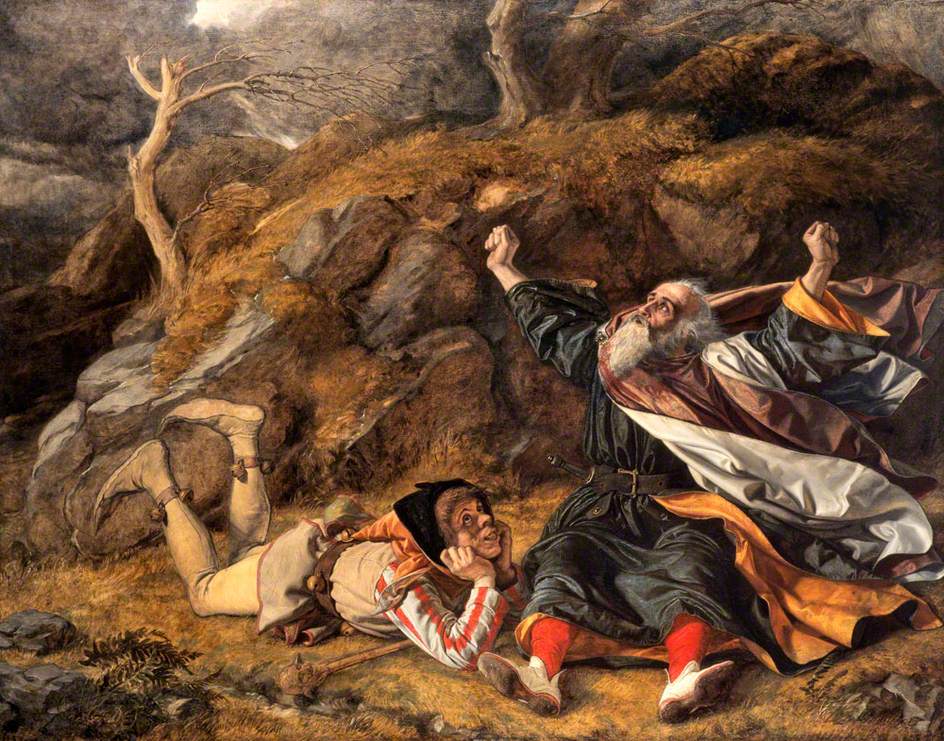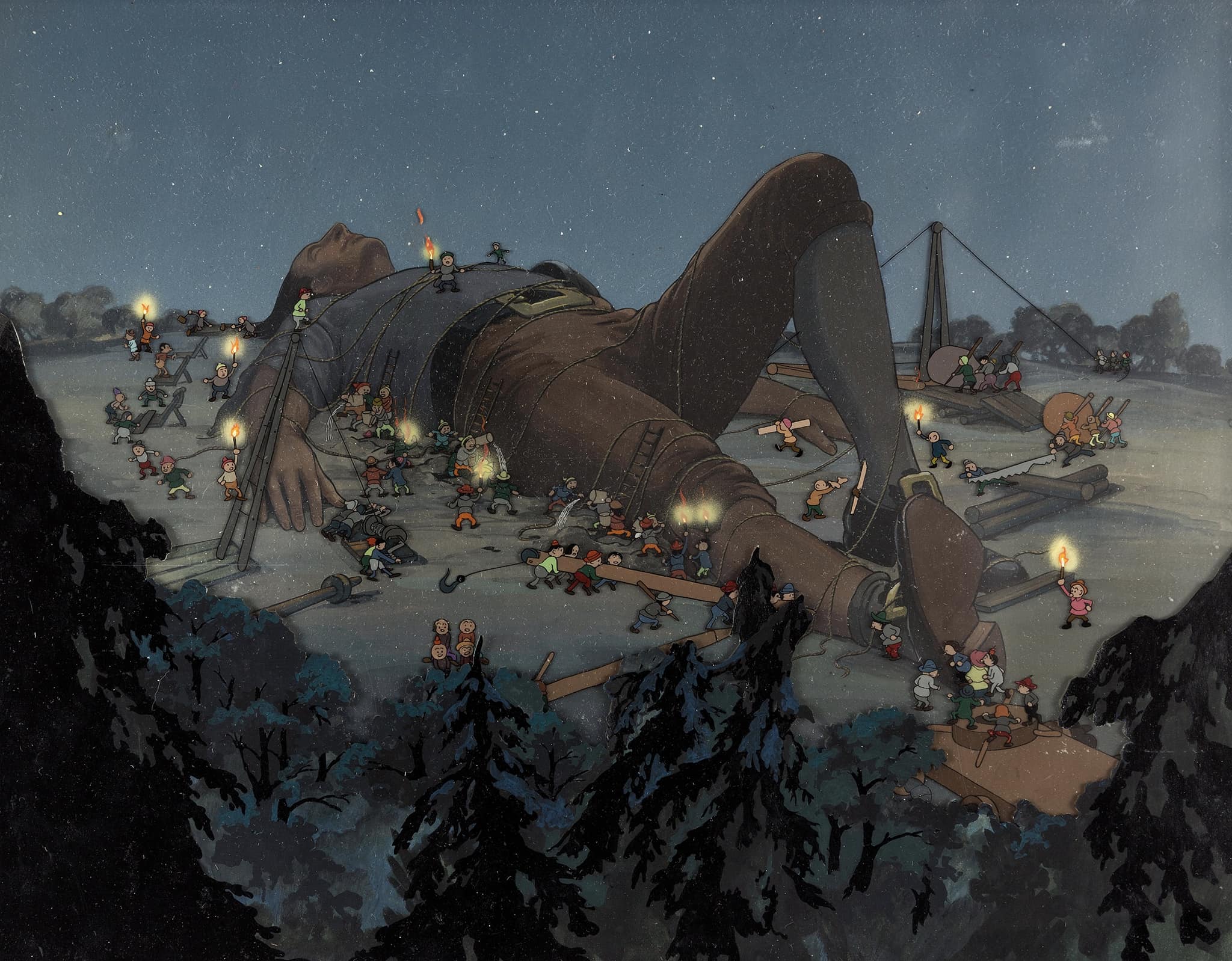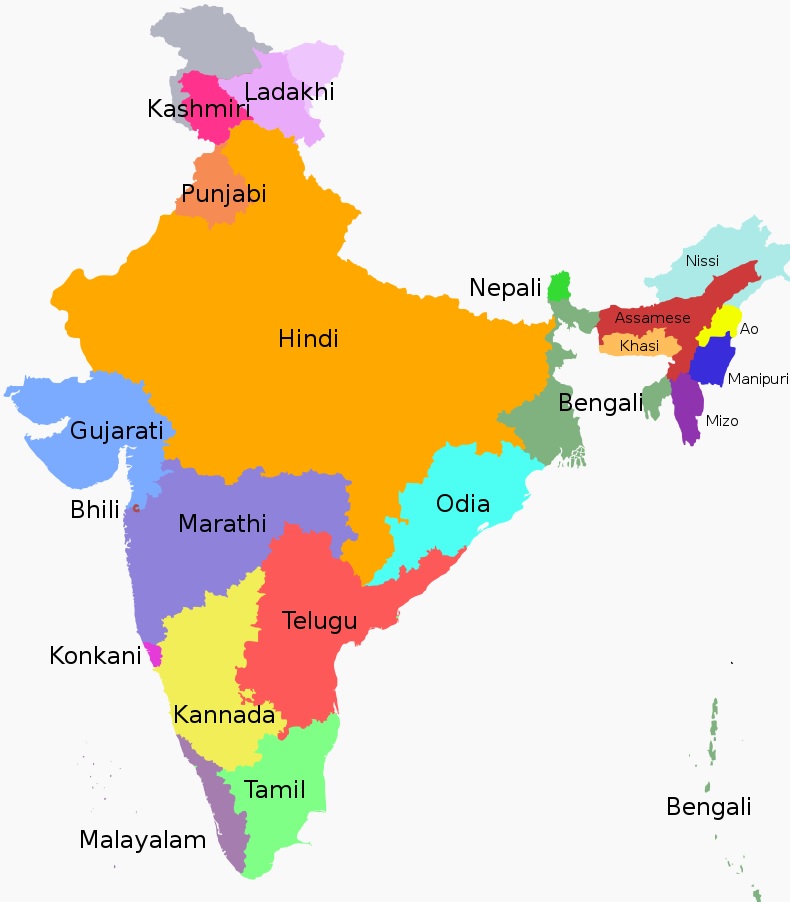Tag Archives: WK13
- Home
- Posts tagged "WK13"

Hash Bash
“Thou shouldst not have been old till thou hadst been wise.”
— William Shakespeare (King Lear, Act 1, Scene 4)
Ann Arbor Hash Bash Turns 50https://t.co/fNB9l2Ig11 pic.twitter.com/nGRECzx9Kf
— Standards Michigan (@StandardsMich) April 2, 2022
“G.K. Chesterton’s Fence” is a concept often cited in discussions about change, reform, and tradition — in software as well as in “campus traditions”.
It’s derived from a quote by the English writer, G.K. Chesterton, which goes: “In the matter of reforming things, as distinct from deforming them, there is one plain and simple principle; a principle which will probably be called a paradox. There exists in such a case a certain institution or law; let us say, for the sake of simplicity, a fence or gate erected across a road. The more modern type of reformer goes gaily up to it and says, ‘I don’t see the use of this; let us clear it away.’ To which the more intelligent type of reformer will do well to answer: ‘If you don’t see the use of it, I certainly won’t let you clear it away. Go away and think. Then, when you can come back and tell me that you do see the use of it, I may allow you to destroy it.'”
In essence, Chesterton is cautioning against the impulse to dismantle or alter established systems, institutions, or traditions without fully understanding why they were put in place in the first instance. The “fence” represents any existing structure, rule, or tradition, while the act of removing it symbolizes reform or change. Chesterton suggests that before advocating for the removal or alteration of something, one should first understand its purpose and history. This is because such structures often have reasons for their existence, which might not be immediately apparent to those seeking change.
The principle emphasizes the importance of respecting tradition and the wisdom of those who came before, as well as the necessity of informed decision-making when it comes to implementing reforms. It urges individuals to exercise caution and humility, recognizing that existing systems may have evolved to address specific needs or challenges, and that blindly discarding them could lead to unforeseen consequences.
Fake Professor
University Facilities & Services
🎤 “Sometimes ask about the weather…”#TTPD pic.twitter.com/Oq4oJ6JumF
— University of Rochester (@UofR) April 19, 2024
Spring is springing 🌸🌤️ pic.twitter.com/EErJ53TAXt
— University of Rochester (@UofR) February 27, 2024
A Rochester study shows watching and discussing movies about relationships is as effective in lowering divorce rates as marriage counseling
So go ahead and put “Love Story” and “The Way We Were” on your streaming list#URochesterResearch #ValentinesDayhttps://t.co/ruGJvT8S2L pic.twitter.com/IwO9kiifYz
— University of Rochester (@UofR) February 14, 2024
Gulliver visits the Great Academy of Lagado
In Irish author Jonathan Swift’s 1726 satire — “Gulliver’s Travels” — Lagado is the capital of Balnibarbi whose king had invested a great fortune on building an “Academy of Projectors” so that it shall contribute to the nation’s development through research.
Gulliver describes pointless experiments conducted there — trying to change human excretion back into food, trying to extract sunbeams out of cucumbers, teaching mathematics to pupils by writing propositions on wafers and consuming them.
“None are so blind as those who refuse to see” is a proverbial expression that has been used by many authors and public figures throughout history. The exact origin of the phrase is unknown, but it has been attributed to various sources, including the Bible, where Jesus says, “For judgment I am come into this world, that they which see not might see; and that they which see might be made blind” (John 9:39, King James Version).
The phrase has also been attributed to Jonathan Swift, an Irish author and satirist, who wrote in his 1738 work,
“Polite Conversation”: “Blind, sir? I see every day where Lord M– goes upon the bench without his bag, and you tell me he is not blind?”.
However, it is possible that the phrase existed prior to Swift and was simply popularized by him.
Internet Archive: Gulliver’s Travels
Banished Words 2024
“He who does not know foreign languages knows nothing of his own.”
– Johann Wolfgang von Goethe
The moment we’ve all been waiting for is here! 🎉
Lake Superior State University just dropped their 2024 Banished Words List! 🚫🗣️
Check out the list by clicking the link below and be sure to nominate your banished words for 2025. 🗳️
https://t.co/CFLTpFk9p5 pic.twitter.com/4q1HDvNGsF
— LSSU (@LifeatLSSU) December 31, 2023
We must spread our accent further pic.twitter.com/qEc3Cqd2cH
— Midwest vs. Everybody (@midwestern_ope) April 3, 2025
Trees
https://www.facebook.com/photo.php?fbid=712034790962912&set=t.100063490485113&type=3
“Keep a green tree in your heart
and perhaps a singing bird will come”.
— Chinese proverb
The condition of campus gardens, trees and landscaping is a central element of ambiance, brand identity, environmental instruction and even revenue to education communities when tied to charitable donations. The Tree Care Industry Association (TCIA) is trade association of 2300 private tree care firms that is also an ANSI-accredited standards developer. It has several titles relevant to education communities and posts drafts of best practice titles at the link below:
Current Projects & Public Review Periods
Last year we tracked a revision of TCIA A300 that asserted leading practice for lightning protection has been released for public consultation. The consultation period closed and, like many standards setting organizations, leading practice discovery has been impeded by the circumstances of the pandemic.
We encourage our colleagues in business units responsible for lawns, trees, gardens and pathways to participate in the TCIA standards development process (Learn more HERE). Stakeholders in any interest category may communicate directly with Amy Tetreault at the Tree Care Industry Association, (603) 314-5380, atetreault@tcia.org, 136 Harvey Rd # 101, Londonderry, NH 03053.
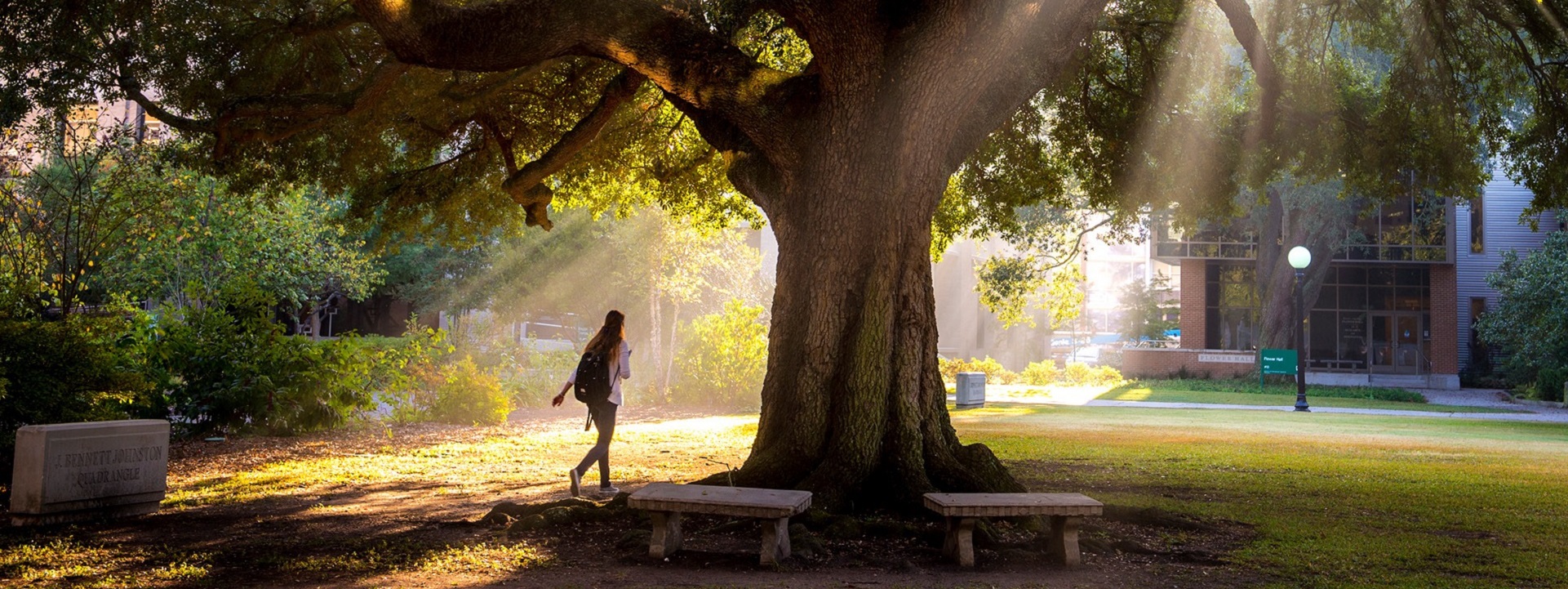
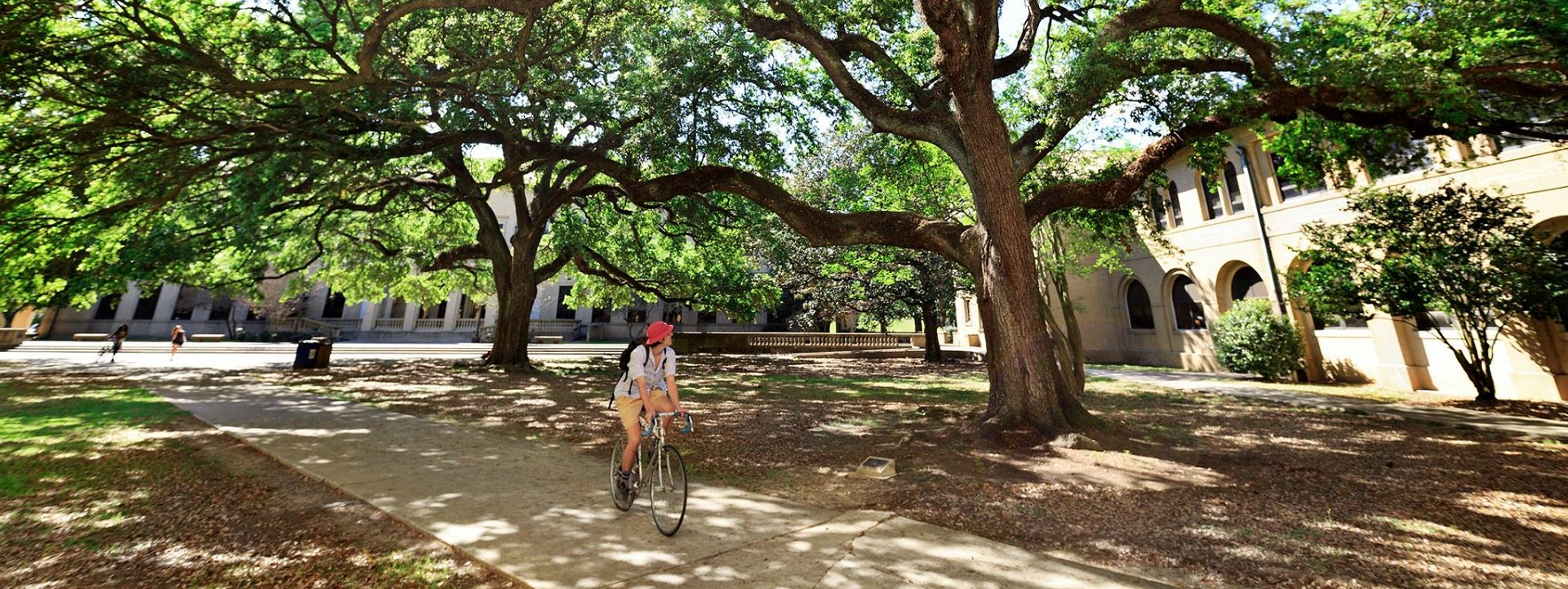
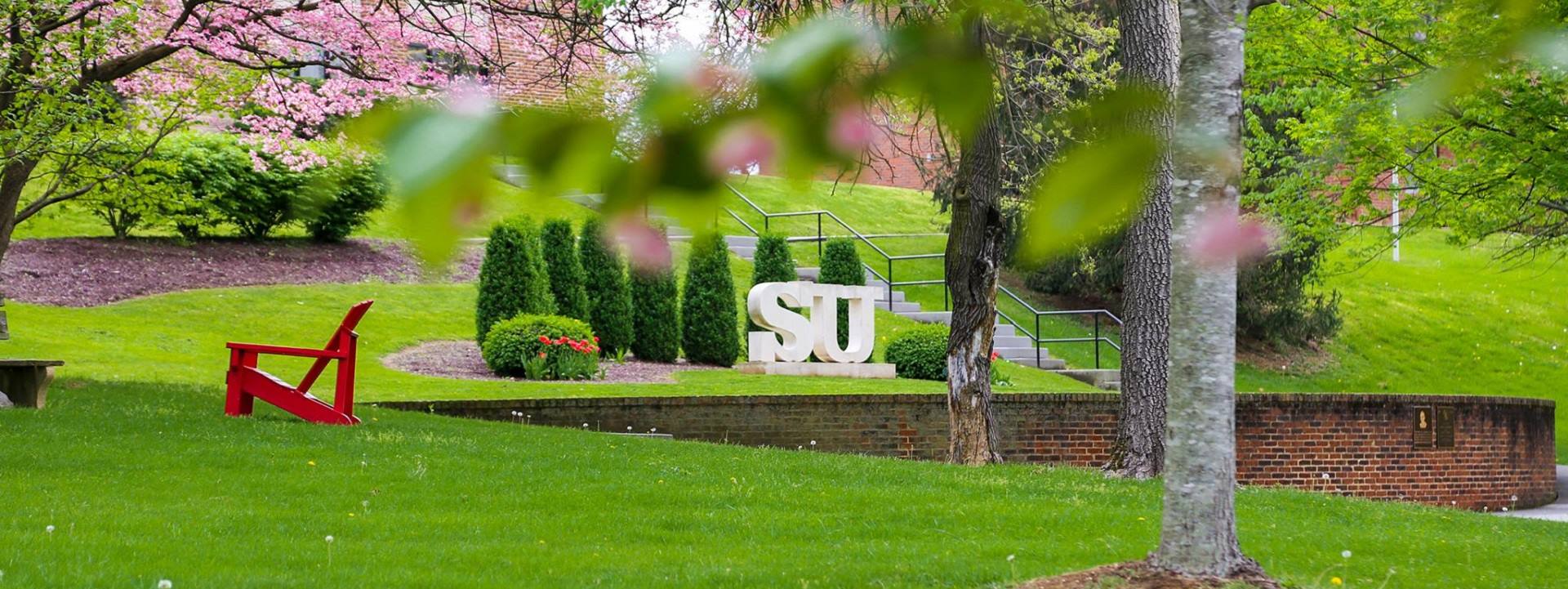
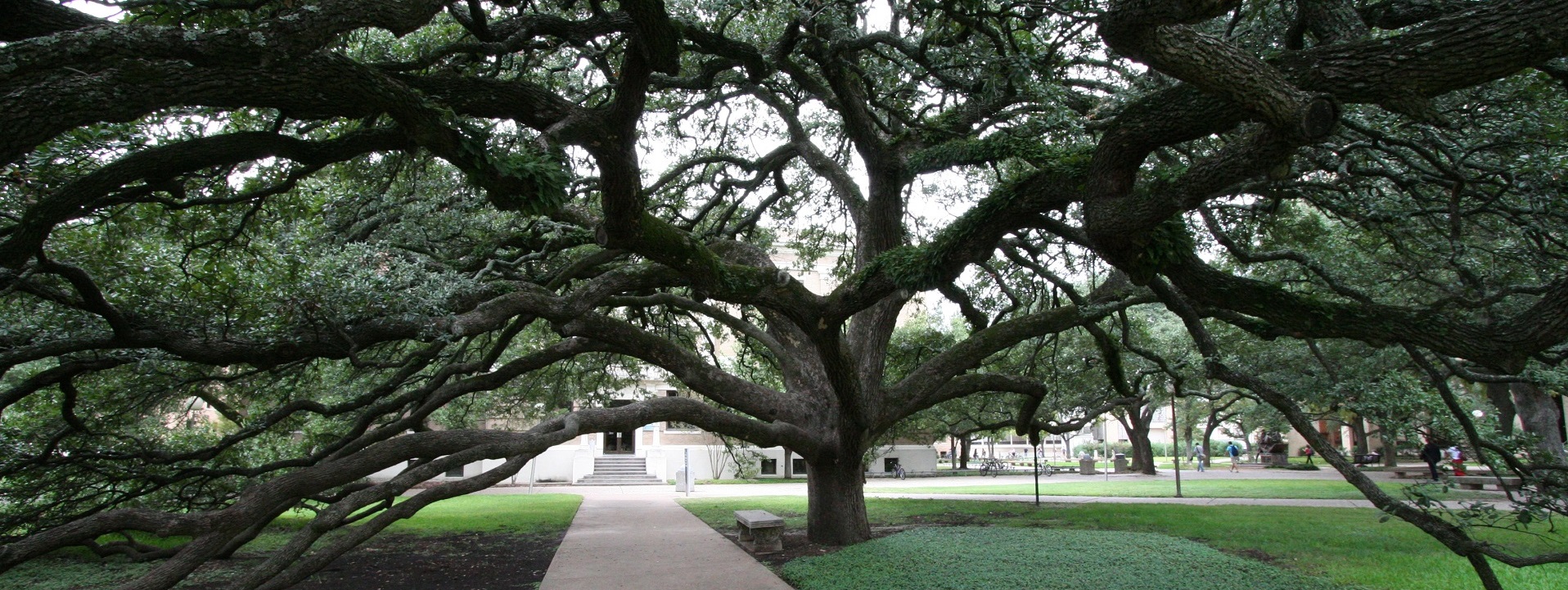

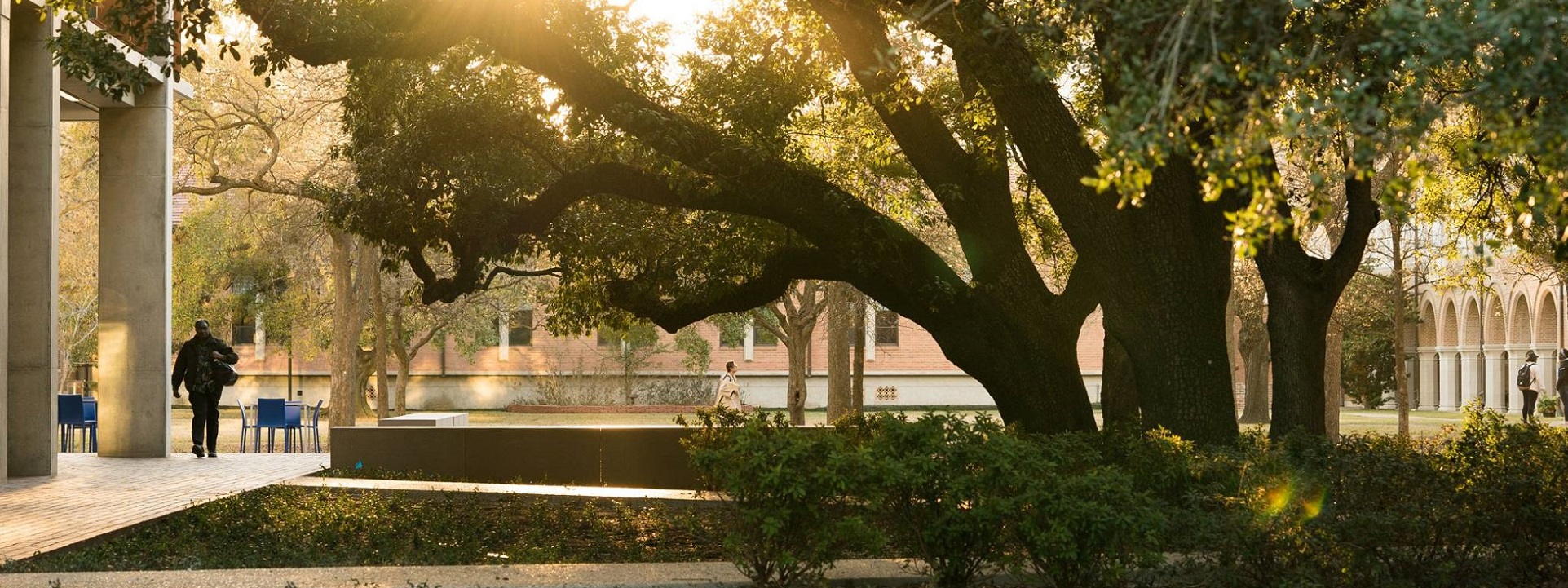






We maintain the TCIA standards catalog on our periodic Bucolia and Pathway colloquia. See our CALENDAR for the next online meting; open to everyone.
Issue: [Various]
Category: Bucolia, Pathways
Colleagues: Mike Anthony, Jack Janveja, Richard Robben
LEARN MORE:
A Brief History of Isaac Newton’s Apple Tree
Learn how to apply an SRS redirect without unloading your primary suspension point in this instructional video and article featuring Aaron Feather, CTSP! https://t.co/qJCSQeg2iz
— Tree Care Industry Association (@TreeCareBiz) May 22, 2020
Always return to this Czesław Miłosz: pic.twitter.com/3Ydw75jwCQ
— Dr. Maya C. Popa (@MayaCPopa) July 4, 2023
Travels with the Sundry Folk
University of Oxford | Geoffrey Chaucer: The Father of Modern English?
Emily Dickinson: pic.twitter.com/yXxEWct3Da
— Dr. Maya C. Popa (@MayaCPopa) May 20, 2023
New update alert! The 2022 update to the Trademark Assignment Dataset is now available online. Find 1.29 million trademark assignments, involving 2.28 million unique trademark properties issued by the USPTO between March 1952 and January 2023: https://t.co/njrDAbSpwB pic.twitter.com/GkAXrHoQ9T
— USPTO (@uspto) July 13, 2023
Standards Michigan Group, LLC
2723 South State Street | Suite 150
Ann Arbor, MI 48104 USA
888-746-3670



